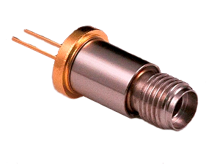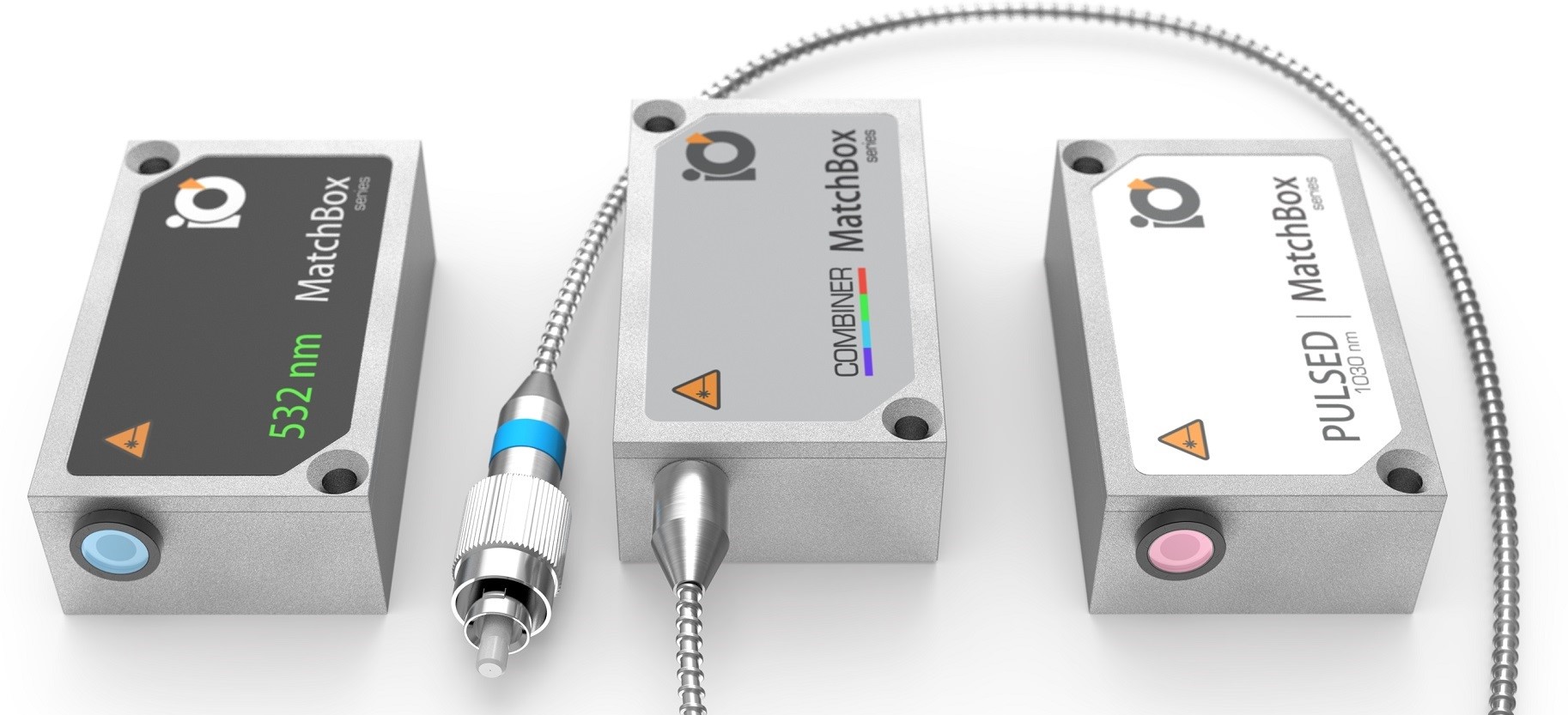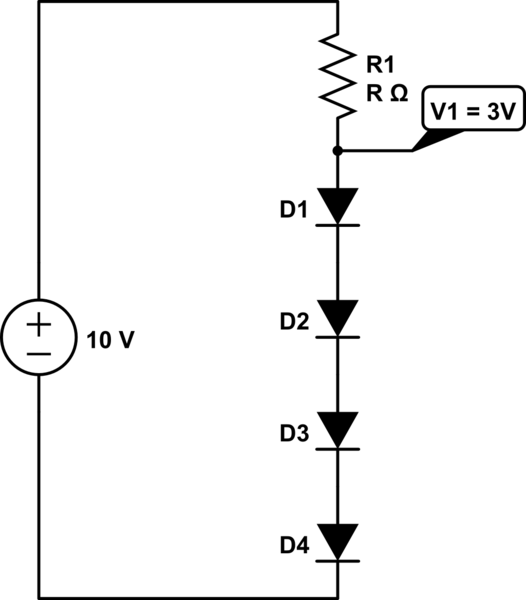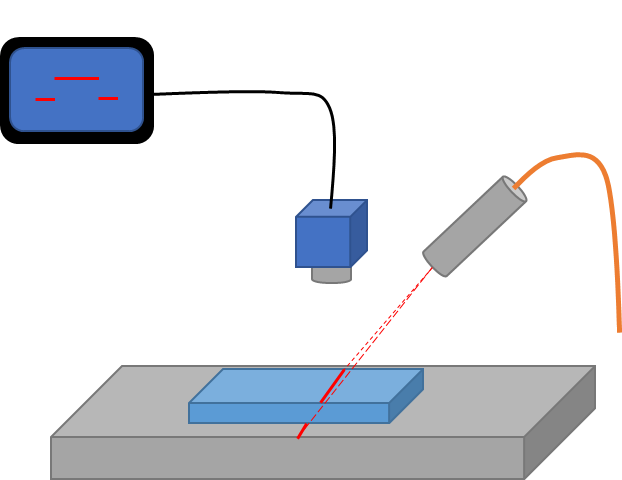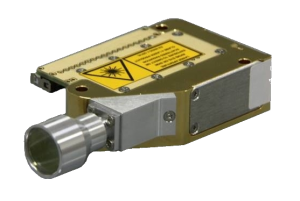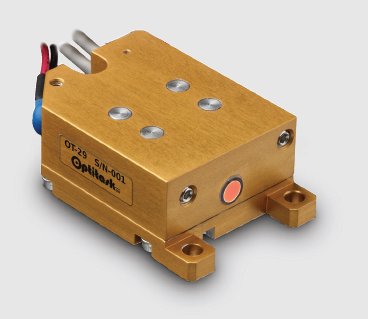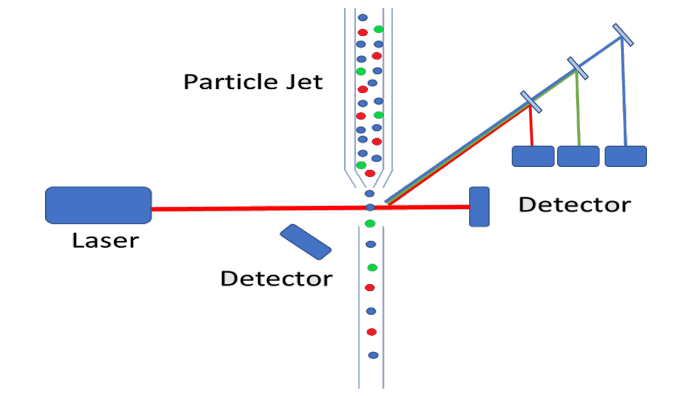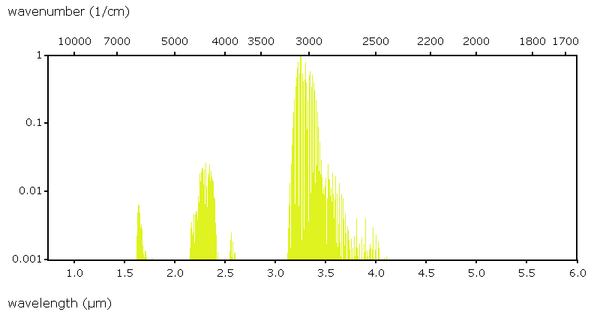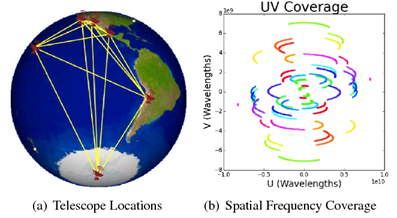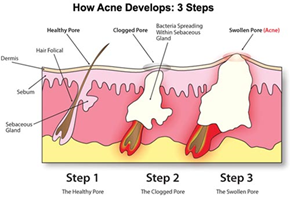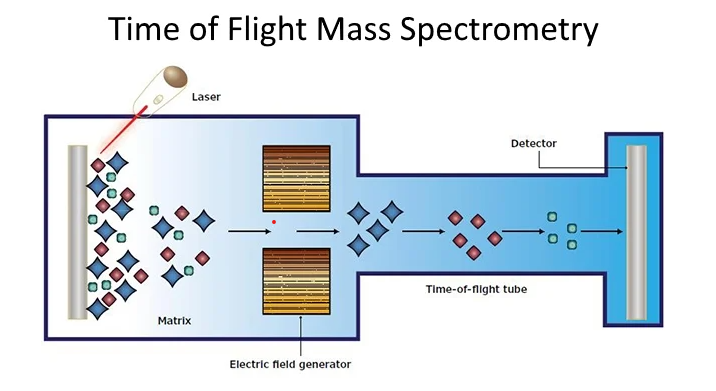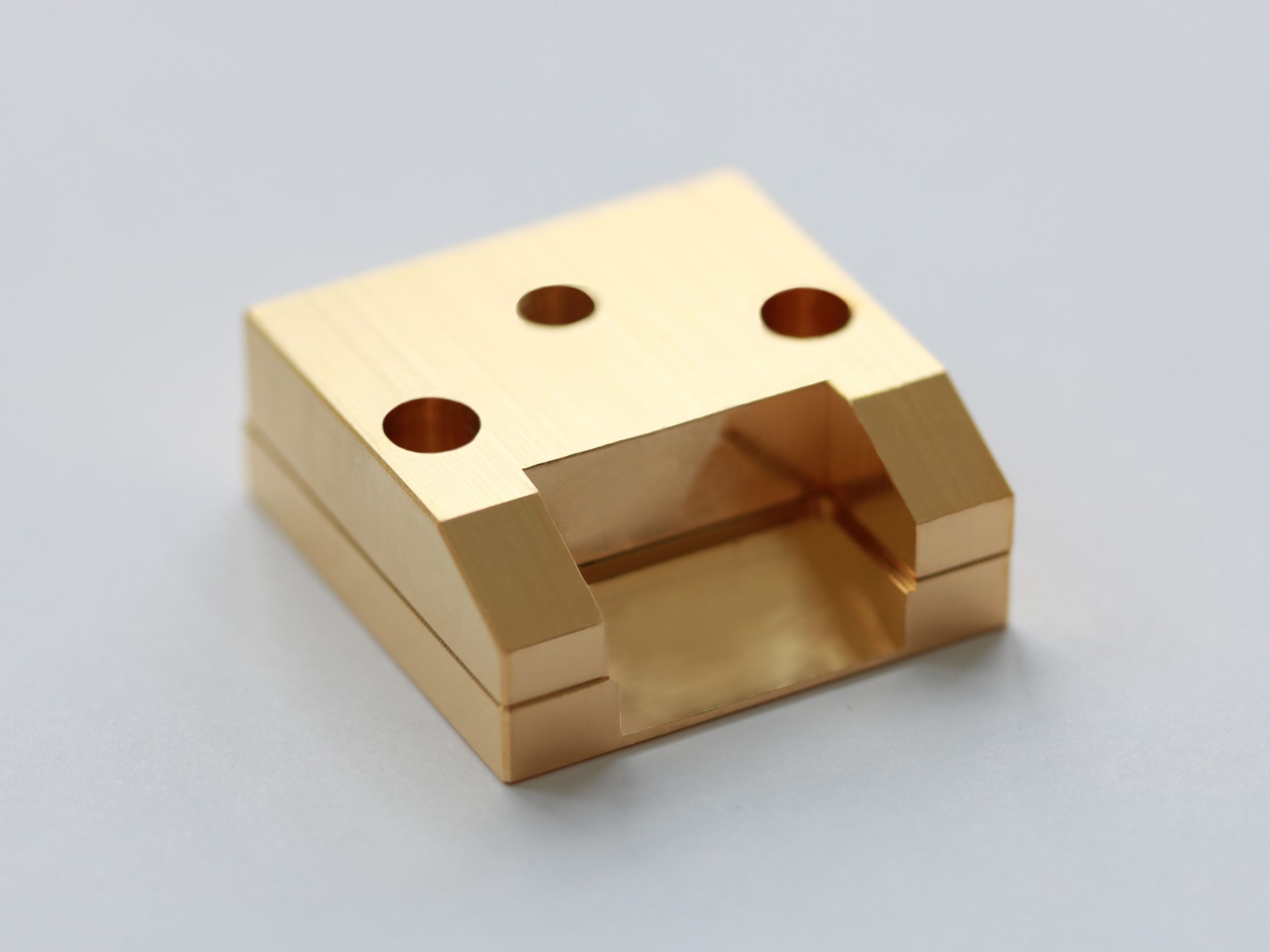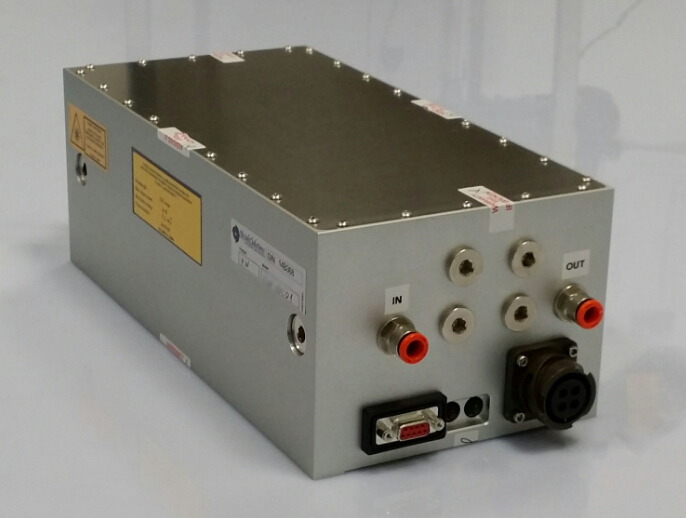Specifications for Target Imaging
Last year we published a blog post on the subject of combining active imaging and night vision by using time-of-flight (TOF) gated lidar to produce three-dimensional images of a target without the need for visible light. We will revisit this topic, but instead, focus our attention on the importance of the laser specifications itself as opposed to the underlying principles of the me… Read More

 BUY NOW
BUY NOW 
